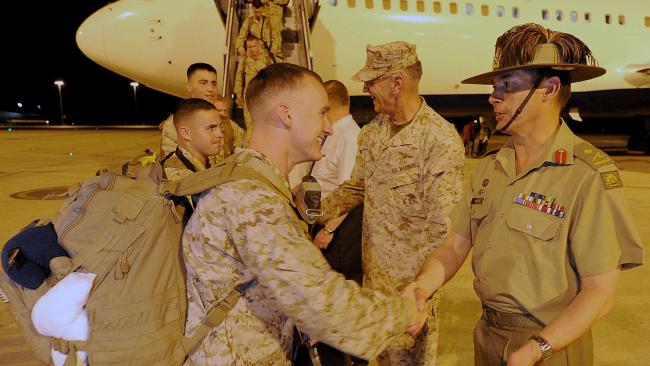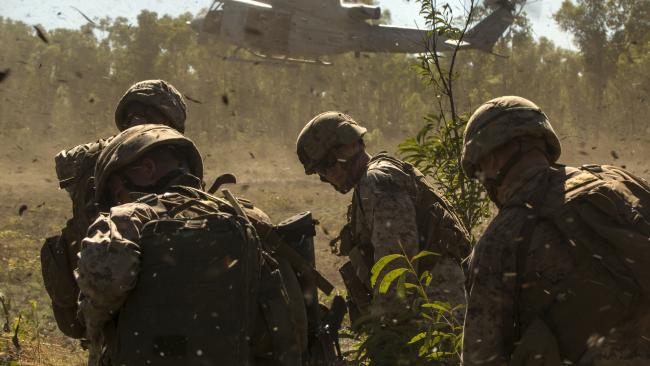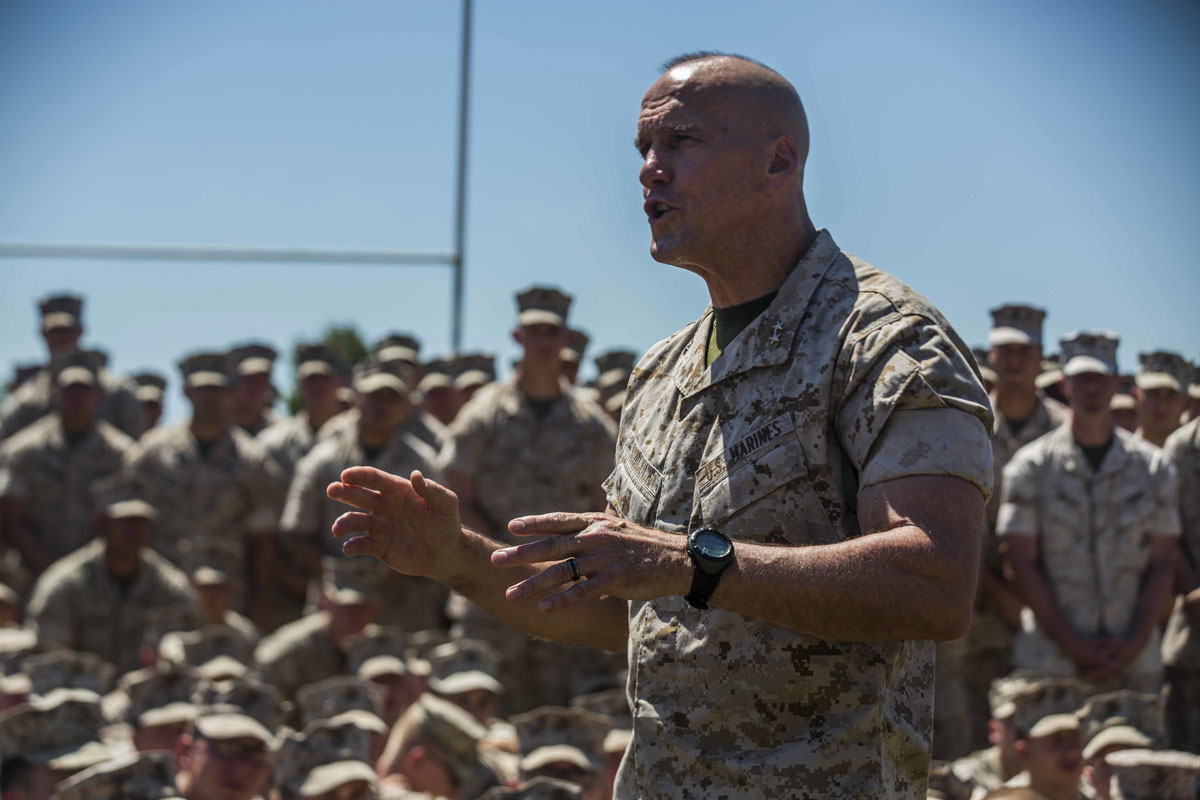Obamas NT Asia pivot locked in

Barack Obama’s grand plan of using US marine exercises in the Northern Territory as a basis for a new military “pivot in Asia” has been finalised and locked in ahead of the Presidential elections next month.
Australia’s role in providing seasonal training base for 2,500 Marines — the original plan agreed to by President Obama and Julia Gillard in 2011 — was under threat from a dispute over cost sharing for facilities in the Northern Territory.
The dispute about shared costs was limiting the original plan to half the annual intake of 2,500 marines and undermining the effectiveness of the joint training scheme.
The end of Mr Obama’s Presidency, Donald Trump’s strident isolationism and threats from the new Philippines’ President Rodrgio Durtete to end US Marine exercises after this year and “break off” with the United States made finalisation of the original plan urgent.
Julie Bishop and Marise Payne were trying to organise an urgent meeting of US and Australian Foreign and Defence Ministers — Ausmin — in Sydney this month with US Secretary of State, John Kerry, and Defence Secretary, Ash Carter, to seal the deal before the election.
Malcolm Turnbull said on his trip to Washington DC two weeks ago, after meeting Mr Carter, that agreement would be reached but left the detail to the Defence Minister and Australian Defence Secretary, Dennis Richardson.
Senator Payne has been in Washington this week meeting Mr Carter and senior US Defence officials to discuss “the bilateral defence relationship and regional security and stability”.
Christopher Pyne, Defence Industry Minister, has also been in Washington this week in discussions over defence purchases and agreements.
A formal announcement of the final agreement is expected soon outside the auspices of an Ausmin meeting.
The US is facing increased pressure in South East Asia to withdraw troops from the Asia-Pacific realm and Australia’s role as the effective host to a battalion of US marines, who could be readily deployed to crises in the region, was even more crucial.
There were also fears that should Mr Trump become President, or even Hillary Clinton, a new administration would baulk at the costs and refuse to finalise the agreement stalling it at half its original strength and even going backwards.
Such a step would be a major strategic reversal in the region and deprive Australia of the opportunity to be a regional base for US military preparedness as well as cutting off millions of dollars from the Northern Territory economy.
As this stage the US Marine commitment for this year, the fifth rotation of US troops since the agreement began, of 1,250 troops is still only half the target President Obama and Ms Gillard envisaged in 2011.
The Abbott Government ratified the first stage of the agreement in 2014 and there were a scheduled 2,500 US Marines expected to be exercising near Darwin by 2016-17.
But because of an argument over cost sharing the troop rotation has stalled at half the target level. The fifth rotation of US marines for six months’ combined training with Australian and other forces in April this year was 1,250, half the final target after four previous rotations of less than half.
The Foreign Minister was confident an agreement would be reached in time soon after a series of meetings she had in Washington DC two weeks ago.
A formal national analysis of the “Force Posture” agreement found failure to implement it would “undermine Australia’s longstanding alliance with the US” — a view endorsed by the Parliamentary Treaties committee last year.
Although the training rotations at the Roberston Barracks in Darwin, which also involve aircraft and pre-positioned military hardware for a rapid deployment force, have begun the fight over the cost of deploying the Marines stalled the increase in numbers.
In April this year the fifth rotation began at Darwin Airport with the arrival of a US Galaxy C5 aircraft carrying CH-53E Super Stallion helicopters from Hawaii and the first of this year’s 1,250 US Marines.
US defence officials described the rotation as “part of the US rebalance to the Asia-Pacific region” and said it was not known when the target of 2,500 troops would be reached.
The officials said it was “not immediately clear when all 2,500 Marines are expected to rotate through Darwin” and that the decisions are made based on a number of variables including cost.





